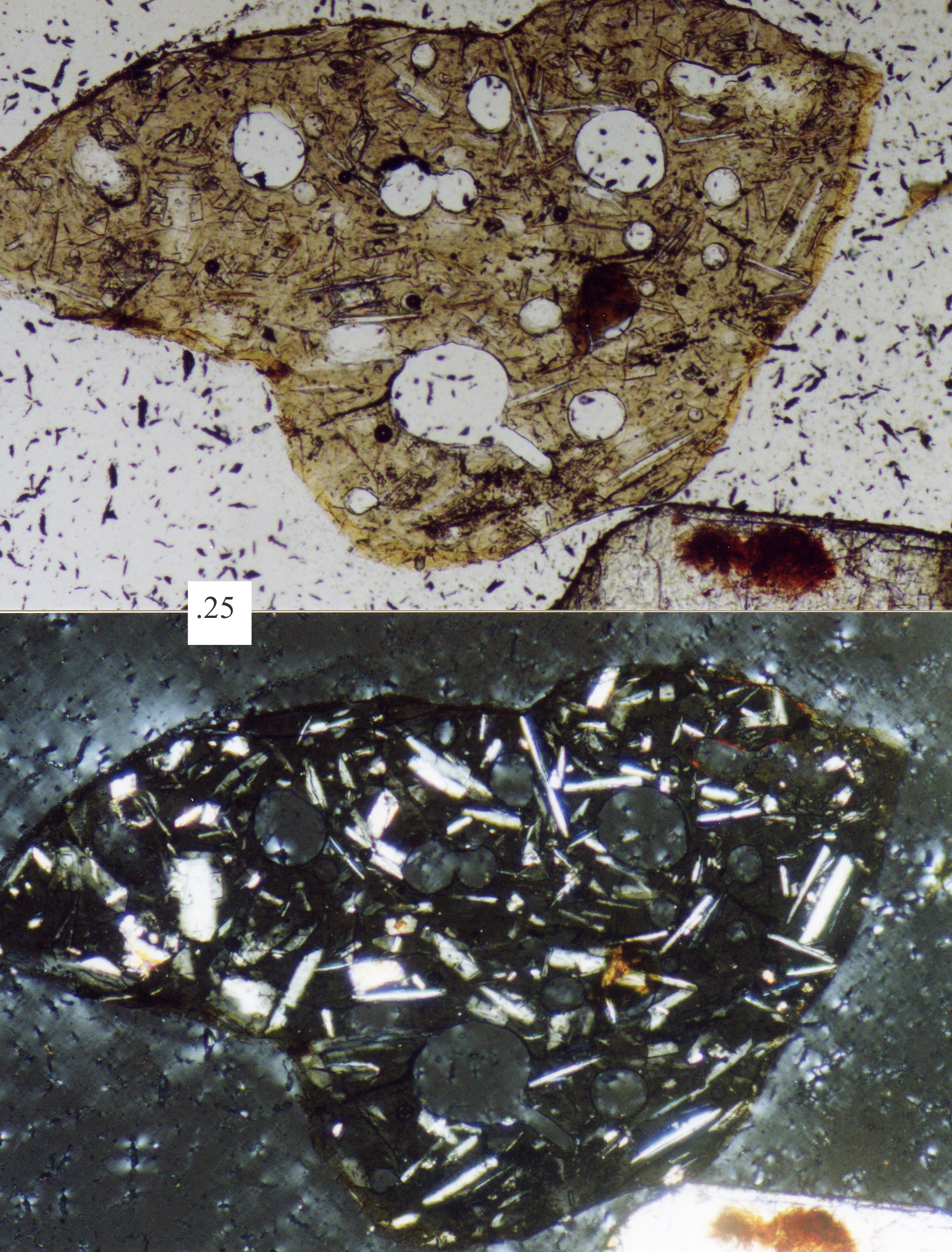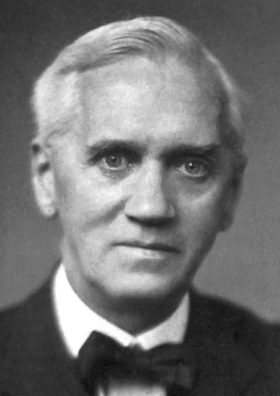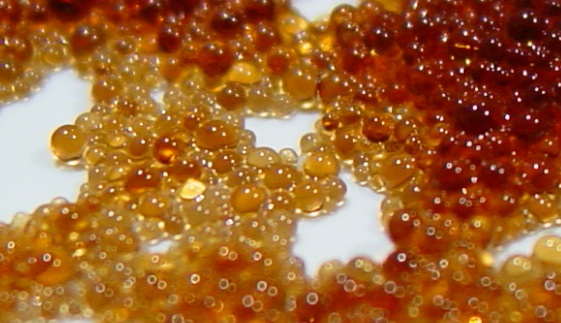|
Adinath Lahiri
Adinath Lahiri (1916–1975) was an Indian geochemist and fuel technologist, known for his efforts in developing the ''Central Fuel Research Institute'', Dhanbad (CFRI) into one of the premier research institutions in India. He was the director of the ''National Coal Development Corporation'' (NCDC) and contributed towards the establishment of the ''Central Mining Research Station'', which was later merged with CFRI to form the present day Central Institute of Mining and Fuel Research). The Government of India awarded him the fourth highest civilian honour, the Padma Shri, in 1960, and followed it up with the third highest civilian honour, the Padma Bhushan, in 1969, for his contributions to science and technology. Biography Adinath Lahiri was born on 24 August 1916. After completing his master's degree in geology and geochemistry from the University of Calcutta, he obtained ''Sir Palit Foreign Fellowship'' of the university and did his doctoral studies at the Imperial College ... [...More Info...] [...Related Items...] OR: [Wikipedia] [Google] [Baidu] [Amazon] |
Pabna
Pabna () is a city of Pabna District, Bangladesh and the administrative capital of the eponymous Pabna District. It is on the north bank of the Padma River and has a population of about . Etymology * According to the historian Radharaman Saha, Pabna is named after Paboni, a branch of the Ganges (Originated from Himalayan). * Archeologist Alexander Cunningham theorized that the name came from the name of the ancient kingdom Pundra or Pundravardhana. * Haraprasad Shastri, the author and historian, regarded the name Pabna as originating from Podubomba, a small feudal kingdom, which was established by a king named Shom, during the Pal Dynasty period. * Historian Durgadas Lahiri, in his book ''Prithibir Itihash'', used a map from the ancient period where a village named Pabna can be seen. * Historian Syed Murtaza Ali wrote that Pabna took its name from a robber named Pobna. Administration Pabna Municipality comprises a mayor and 15 councillors and 5 female councillors. Each counc ... [...More Info...] [...Related Items...] OR: [Wikipedia] [Google] [Baidu] [Amazon] |
Petrography
Petrography is a branch of petrology that focuses on detailed descriptions of rocks. Someone who studies petrography is called a petrographer. The mineral content and the textural relationships within the rock are described in detail. The classification of rocks is based on the information acquired during the petrographic analysis. Petrographic descriptions start with the field notes at the outcrop and include macroscopic description of hand-sized specimens. The most important petrographer's tool is the petrographic microscope. The detailed analysis of minerals by optical mineralogy in thin section and the micro-texture and structure are critical to understanding the origin of the rock. Electron microprobe or atom probe tomography analysis of individual grains as well as whole rock chemical analysis by atomic absorption, X-ray fluorescence, and laser-induced breakdown spectroscopy are used in a modern petrographic lab. Individual mineral grains from a rock sample may ... [...More Info...] [...Related Items...] OR: [Wikipedia] [Google] [Baidu] [Amazon] |
Fellows Of The Indian National Science Academy
Fellows may refer to Fellow, in plural form. Fellows or Fellowes may also refer to: Places *Fellows, California, USA *Fellows, Wisconsin, ghost town, USA Other uses *Fellowes, Inc., manufacturer of workspace products *Fellows, a partner in the firm of English canal carriers, Fellows Morton & Clayton *Fellows (surname) *Mount Fellows, a mountain in Alaska See also *North Fellows Historic District, listed on the National Register of Historic Places in Wapello County, Iowa *Justice Fellows (other) {{disambiguation ... [...More Info...] [...Related Items...] OR: [Wikipedia] [Google] [Baidu] [Amazon] |
1975 Deaths
It was also declared the ''International Women's Year'' by the United Nations and the European Architectural Heritage Year by the Council of Europe. Events January * January 1 – Watergate scandal (United States): John N. Mitchell, H. R. Haldeman and John Ehrlichman are found guilty of the Watergate cover-up. * January 2 ** The Federal Rules of Evidence are approved by the United States Congress. ** A bomb blast at Samastipur, Bihar, India, fatally wounds Lalit Narayan Mishra, Minister of Railways. * January 5 – Tasman Bridge disaster: The Tasman Bridge in Hobart, Tasmania, Australia, is struck by the bulk ore carrier , causing a partial collapse resulting in 12 deaths. * January 15 – Alvor Agreement: Portugal announces that it will grant independence to Angola on November 11. * January 20 ** In Hanoi, North Vietnam, the Politburo approves the final military offensive against South Vietnam. ** Work is abandoned on the 1974 Anglo-French Channel Tunnel scheme. * January ... [...More Info...] [...Related Items...] OR: [Wikipedia] [Google] [Baidu] [Amazon] |
1916 Births
Events Below, the events of the First World War have the "WWI" prefix. January * January 1 – The British Empire, British Royal Army Medical Corps carries out the first successful blood transfusion, using blood that has been stored and cooled. * January 9 – WWI: Gallipoli Campaign – The last British troops are evacuated from Gallipoli, as the Ottoman Empire prevails over a joint British and French operation to capture Constantinople. * January 10 – WWI: Erzurum Offensive – Russia defeats the Ottoman Empire. * January 12 – The Gilbert and Ellice Islands Colony, part of the British Empire, is established in modern-day Tuvalu and Kiribati. * January 13 – WWI: Battle of Wadi (1916), Battle of Wadi – Ottoman Empire forces defeat the British, during the Mesopotamian campaign in modern-day Iraq. * January 29 – WWI: Paris is bombed by German Empire, German zeppelins. * January 31 – WWI: An attack is planned on Verdun, France. Febru ... [...More Info...] [...Related Items...] OR: [Wikipedia] [Google] [Baidu] [Amazon] |
List Of Imperial College London People
This is a list of Imperial College London people, including notable students and staff from the various historical institutions which are now part of Imperial College. Students who later became academics at Imperial are listed in the alumni section only to avoid duplication. Science and engineering Chemists Engineers Mathematicians and statisticians Medicine Physicists Law and politics Business Literature *Andrew Crumey (novelist) *David Irving (author) *Simon Singh (popular science author) *H. G. Wells (science fiction author)Wells, Herbert George, Oxford Dictionary of National Biography. Retrieved 27 Dec. 2017, from http://www.oxforddnb.com/view/10.1093/ref:odnb/9780198614128.001.0001/odnb-9780198614128-e-36831. Others Staff Chemists Engineers Mathematicians and statisticians Physicists See also * President and Rector of Imperial College London * List of Nobel laureates affiliated with Imperial College London * List of F ... [...More Info...] [...Related Items...] OR: [Wikipedia] [Google] [Baidu] [Amazon] |
De Nobili School, FRI
De Nobili School is a private Catholic primary and secondary school located in Dhanbad, Jharkhand, India. The school is named after a Christian mission and Jesuit, Roberto de Nobili, who was the first foreigner to master Sanskrit, incognito, in sixteenth century Madurai. He apparently conducted himself like an orthodox Brahmin and is even said to have declared himself to be a descendant of Brahma. History In the early 1950s, the prominent people in the coalfield asked the Jesuit fathers of Jamshedpur Province to open a Cambridge school for their sons and wards. Jesuits were already running Loyola School, in Jamshedpur, on the invitation of Late J.R.D. Tata. Fr. F. X. McFarland, S.J. an American Jesuit, was the pioneer, under whose able guidance, De Nobili School started, in a rather humble way, in the unfinished girls' school building at the Fuel Research Institute, Jealgora, (now Digwadih) courtesy, the then Director of F.R.I., Late Dr. Adinath Lahiri. It had 36 students with ... [...More Info...] [...Related Items...] OR: [Wikipedia] [Google] [Baidu] [Amazon] |
Indian Honours System
The Indian honours system is the system of awards given to individuals for a variety of services to the Republic of India. The categories of awards are as follows: Civilian awards Bharat Ratna Bharat Ratna ("Jewel of India"), the highest civilian award of India, was instituted in the year 1954. Any person without distinction of race, occupation, position, gender or religion is eligible for this award. It is awarded in recognition of exceptional service or performance of the highest order in any field of human endeavour. On conferment of the award, the recipient receives a ''Sanad'' (certificate) signed by the President and a medallion. Padma awards Padma Awards were instituted in the year 1954. Except for brief interruptions during the years 1978 to 1979 and 1993 to 1997, these awards have been announced every year on Republic Day. The award is given in three categories: Padma Vibhushan, Padma Bhushan and Padma Shri, in decreasing order of precedence. * Padma Vibhushan is awar ... [...More Info...] [...Related Items...] OR: [Wikipedia] [Google] [Baidu] [Amazon] |
Indian National Science Academy
The Indian National Science Academy (INSA) is a national academy in New Delhi New Delhi (; ) is the Capital city, capital of India and a part of the Delhi, National Capital Territory of Delhi (NCT). New Delhi is the seat of all three branches of the Government of India, hosting the Rashtrapati Bhavan, New Parliament ... for Indian scientists in all branches of science and technology. In 2015 INSA has constituted a junior wing for young scientists in the country named Indian National Young Academy of Sciences (INYAS) in line with other national young academies. INYAS is the academy for young scientists in India as a national young academy and is affiliated with Global Young Academy. INYAS is also a signatory of the declaration on the Core Values of Young Academies, adopted at World Science Forum, Budapest on 20 November 2019. Prof Ashutosh Sharma is the serving president (2023-present). History The origins of INSA can be traced back to the founding of National Inst ... [...More Info...] [...Related Items...] OR: [Wikipedia] [Google] [Baidu] [Amazon] |
Institution Of Engineers (India)
The Institution of Engineers (India), the IEI, is a national organization for engineers in India. It is the world's largest multi-disciplinary engineering professional society. It has more than one million members in 15 engineering disciplines. The institution was established in 1920 in Kolkata, West Bengal, and was incorporated by royal charter in 1935. It is currently headquartered at 8 Gokhale Road, Kolkata. Qualifications and recognitions The IEI pioneered non-formal education in engineering. For those who have pursued a formal education in engineering, an associate membership engineering degree certificate can be achieved by qualifying in the examinations conducted by the institution. The Associate Member (AMIE) examination has two sections. Section A is common to all candidates, while Section B is specific to a particular stream of engineering. To take the examinations, the candidate must have been a technician member of the IEI for a year. Examinations are held twice ... [...More Info...] [...Related Items...] OR: [Wikipedia] [Google] [Baidu] [Amazon] |
Ion Exchange
Ion exchange is a reversible interchange of one species of ion present in an insoluble solid with another of like charge present in a solution surrounding the solid. Ion exchange is used in softening or demineralizing of water, purification of chemicals, and separation of substances. Ion exchange usually describes a process of purification of aqueous solutions using solid polymeric ion-exchange resin. More precisely, the term encompasses a large variety of processes where ions are exchanged between two electrolytes. Aside from its use to purify drinking water, the technique is widely applied for purification and separation of a variety of industrially and medicinally important chemicals. Although the term usually refers to applications of synthetic (human-made) resins, it can include many other materials such as soil. Typical ion exchangers are ion-exchange resins (functionalized porous or gel polymer), zeolites, montmorillonite, clay, and soil humus. Ion exchangers are ei ... [...More Info...] [...Related Items...] OR: [Wikipedia] [Google] [Baidu] [Amazon] |





